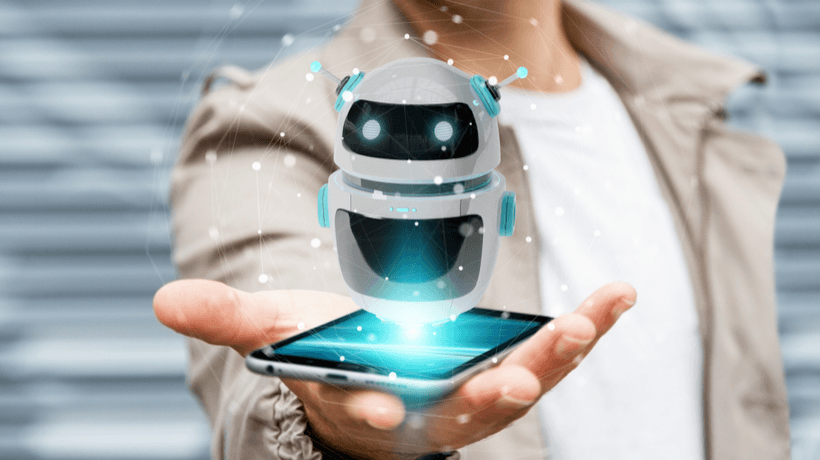
Chatbots in the Crosshairs: New AI Models Sparking Ethics DebateChatbots in the Crosshairs: New AI Models Sparking Ethics Debate Artificial intelligence (AI) has taken the world by storm, but with its rapid advancement comes a growing ethical dilemma: the rise of chatbots. Chatbots are AI-driven programs that simulate human conversation, offering assistance and information across various platforms. However, the advent of new AI models is intensifying the ethical debate surrounding chatbots. Blurring the Lines: Human-Esque Interactions Recent AI models, such as ChatGPT and Google Bard, have significantly improved the human-like qualities of chatbots. They can engage in complex discussions, generate realistic text, and even exhibit empathy. This blurring of the line between chatbot and human raises concerns about the potential for misrepresentation, deception, and manipulation. Ethical Implications: * Consent and Autonomy: Should users be fully informed that they are interacting with a chatbot? Is it ethical to use chatbots without disclosing their true nature? * Trust and Responsibility: As chatbots become more human-like, they could gain users’ trust. However, who is responsible for any errors or harm caused by chatbots – the developers or the users themselves? * Bias and Discrimination: AI models can inherit biases from their training data. If chatbots reflect these biases, they could perpetuate discrimination and unfair treatment. * Emotional Exploitation: Chatbots designed to engage empathetically could potentially exploit users’ emotions for commercial purposes or other manipulative ends. Balancing Innovation and Responsibility: The ethical implications of chatbots highlight the need for careful consideration and regulation. Industry leaders, policymakers, and ethicists must collaborate to develop guidelines that: * Establish clear transparency and disclosure rules. * Define the responsibilities of chatbot developers and users. * Address bias and discrimination by ensuring diverse training data and monitoring outcomes. * Establish mechanisms for reporting and addressing ethical concerns. Conclusion: The rapid advancement of AI models has thrust chatbots into the ethical spotlight. As these technologies become more sophisticated, it is crucial to engage in a proactive and informed debate on their ethical implications. By balancing innovation with responsibility, we can harness the potential of chatbots while safeguarding our collective values and well-being.
Posted inNews